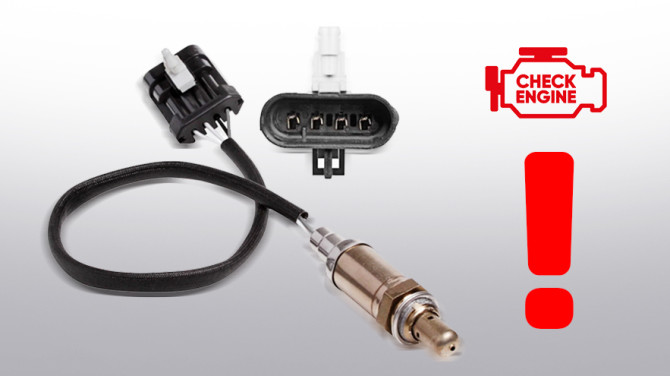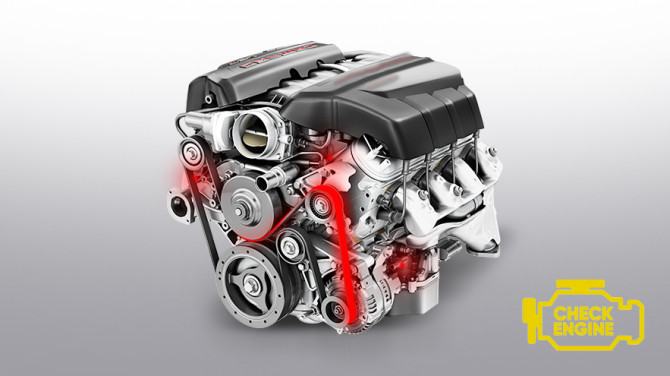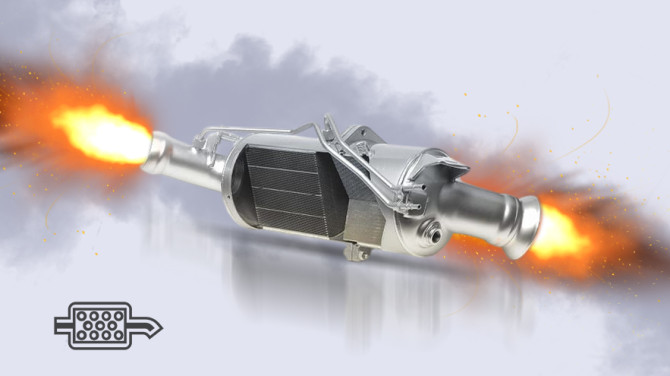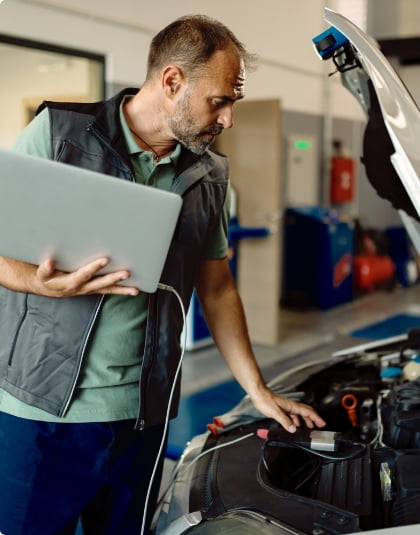14 Tips to Preserve and Increase the Range of an Electric Vehicle
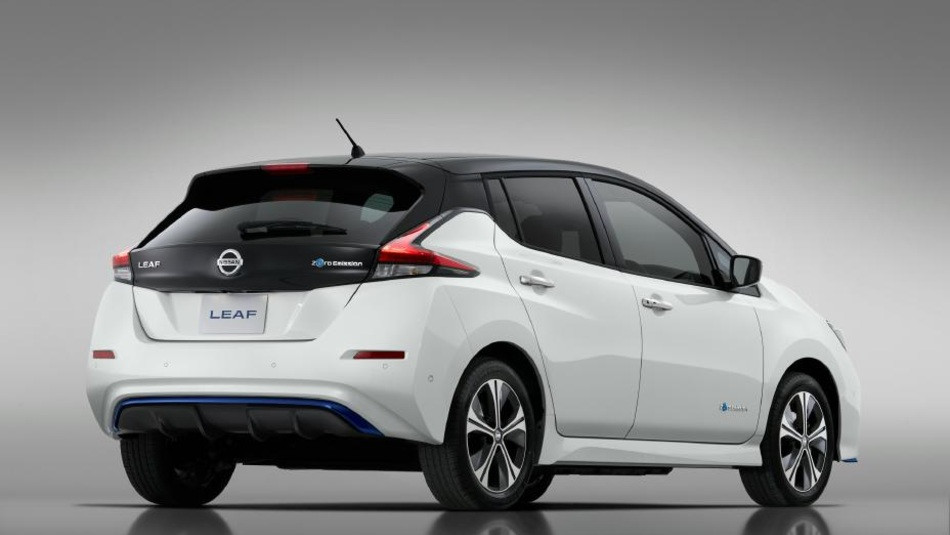
An average-priced electric vehicle covers a range of 120-150 km on a single charge. This range is commonly referred to as autonomy. However, external factors (such as weather conditions and terrain) and internal factors (driving style, battery condition, and overall vehicle health) can affect this range.
In this article, engineers from STS share tips to help you control these factors and maintain the manufacturer's declared autonomy, and in some cases, even increase the electric vehicle's range, for example, by 100 km.
Let's categorize all fourteen tips into blocks:
Driving Style and Electric Vehicle Range
Tip #1: Smooth Start
A quick start may be visually appealing, but it is not rational. Electric vehicles have maximum torque immediately after the engine starts, but this "bonus" requires a significant energy expenditure. Compare 80 kWh during rapid acceleration to 20 kWh during normal city driving.
To save battery charge and increase the electric vehicle's range, start smoothly.
Tip #2: "Cruising" Speed
In electric vehicles, there's a rule: the faster you go, the more energy you consume. The ideal "laboratory" speed for electric vehicles is 16 km/h, but we understand that no one will drive at this speed in real life. Traveling at a "cruising" speed of 80-90 km/h is considered optimal.
For the convenience of car owners, some automakers equip electric vehicles with an Eco mode, such as the Nissan Leaf. Use this mode to limit the engine power and reduce energy consumption. Additionally, the Eco mode helps increase regenerative braking.
How to Preserve and Increase the Range of an Electric Car
Tip #3: Regenerative Braking
Energy recuperation (recovering spent energy for secondary use) is another advantage of electric vehicles. The regenerative braking effect returns up to 70% of the energy spent on braking to the battery. Regenerative movement also extends the lifespan of the electric car's brake pads.
Use regenerative braking, especially when driving in the city, where braking distances are longer and smoother.
Tip #4: Control Cooling and Cabin Heating
The air conditioner and heater also draw power from the electric vehicle's battery. To increase the range, monitor the operation of these systems. When using the vehicle in winter, try to heat the cabin selectively, including seat or steering wheel heating. In the summer, avoid leaving the electric car in direct sunlight, and open the windows more often while driving.
Tip #5: Cruise Control and Battery Energy Savings
Cruise control maintains a constant speed, avoiding additional energy consumption on road sections where you might want to drive faster.
Here's what happens: the driver constantly presses the accelerator pedal, increasing aerodynamic resistance and rolling resistance, which in turn increases the load on the electric motor. The battery releases energy faster than during steady-state driving.
Tip #6: Preplanning Routes
As a result of the previous point, avoid highways with speeds exceeding 110 km/h. Choose calm routes where your relaxed driving style won't disturb other road users.
Ideally, before a trip, the driver should plan not only the route but also the locations of the nearest charging stations.
Tip #7: Use the Electric Vehicle Without Extended Standby Periods
Some electric vehicle models are designed so that their batteries discharge even during extended periods of inactivity. This is due to the automatic heating or cooling of the system. If you leave the electric car in the garage for an extended period, its battery may fully discharge, leading to rapid degradation.
Proper Battery Operation and Range Maintenance of an Electric Vehicle
The better the condition of the battery, the more energy it will retain, directly impacting the autonomy of an electric vehicle. In this article, engineers from STS Electro provide advice on how to control factors affecting an electric vehicle's range and maintain the battery's optimal condition.
Tip #8: Battery Charge Control
It is best to charge the battery when it reaches 20% remaining capacity. Regularly discharging the battery to 100% increases its degradation rate. The ideal charging range is considered to be from 20% to 90% of the capacity. If you don't need a 100% charge for an extended distance, avoid it.
Optimally, charge the electric vehicle as frequently as possible. The habit of connecting the electric car to a charging station every day will have a positive impact on the overall battery condition.
Remember that the electric vehicle battery prefers slow charging. High-speed formats like CHAdeMO should be reserved for special situations.
Tip #9: Battery Attention and Weather Conditions
While we can't control the weather, understanding how critical temperature regimes affect the battery's condition can help you choose the right management model for your electric car.
Air temperatures above 20°C cause the battery to overheat, while temperatures below 5°C require additional resources for heating. Knowing this, you won't leave the car in the sun during summer or drive it without preheating in winter.
Technical Support for Electric Vehicles and Range
Tip #10: Optimal Tire Pressure
The range of an electric vehicle depends on tire air pressure. The lower the pressure, the higher the energy consumption. Adhere to the recommendations of the automakers. For example, the optimal tire pressure for Nissan Leaf is 2.5 bar, and for Tesla, it is 2.9 bar.
Tip #11: Tire Size
Large wheels may look impressive, but they increase resistance, reducing the range. Electric vehicles are better suited with smaller wheels and a thick profile.
Tip #12: Control the Weight of the Electric Vehicle
The lighter the electric car, the less energy it needs. Every additional 45 kg of weight increases energy consumption by 1-2%. Remove unnecessary items from the car, such as an additional roof rack.
Note that installing an additional battery, at first glance, contradicts this advice. However, here we are seeking a compromise, increasing consumption by 4% while adding 20 kW of power. Each car owner chooses what is more convenient for them.
Additional Enhancements and Electric Vehicle Range
Tip #13: Increasing Battery Capacity
- This can be done in several ways:
- Replacing individual battery elements.
- Replacing the entire battery with a higher-capacity one.
- Battery reprogramming (for Tesla).
- Adding modules (for Tesla).
Tip #14: Installing an Additional Battery
This option is popular in our region. Not all car owners can afford to buy a new battery or the next-generation electric vehicle. In response to market demand, a service for installing an additional battery has emerged.
In summary, additional batteries come in different types, and their installation methods vary. Car owners need to understand this process to choose the most convenient and safe option for themselves.
If you have any questions about the maintenance of electric vehicles or increasing the range, call the STS receptionist

